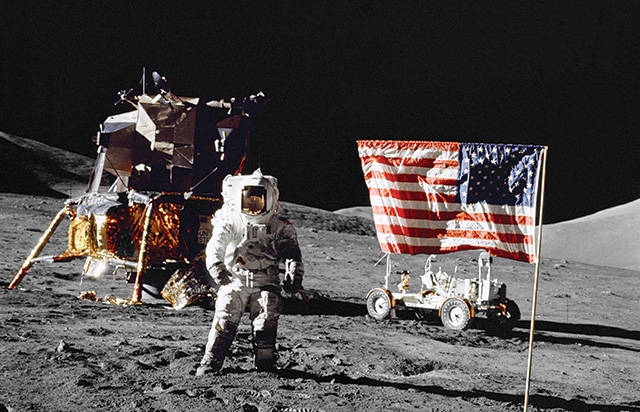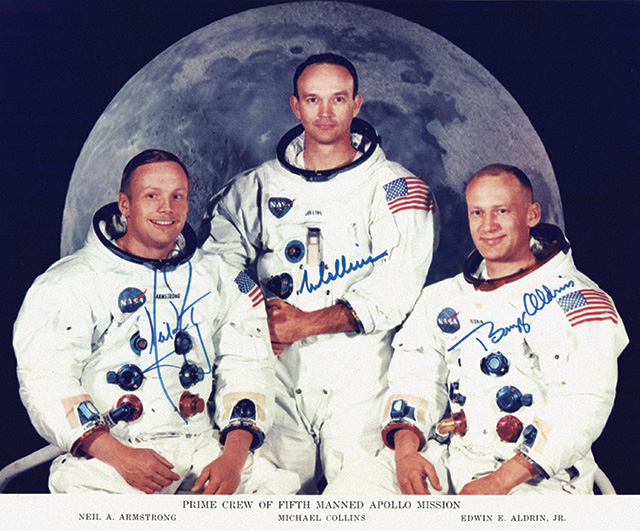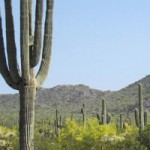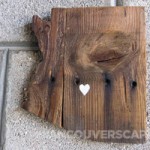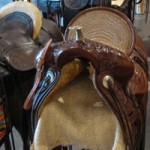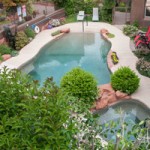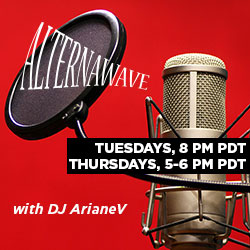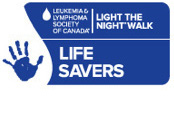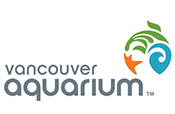On July 20, 1969, astronaut Neil Armstrong achieved one of humankind’s greatest achievements when he became the first person to set foot on the moon.
The momentous event first began as a challenge from former President John F. Kennedy, whose wish that an American would be able to land safely on the Moon came true and ultimately pushed forward space exploration.
In the three years that followed, 11 more people walked on and explored the Moon.
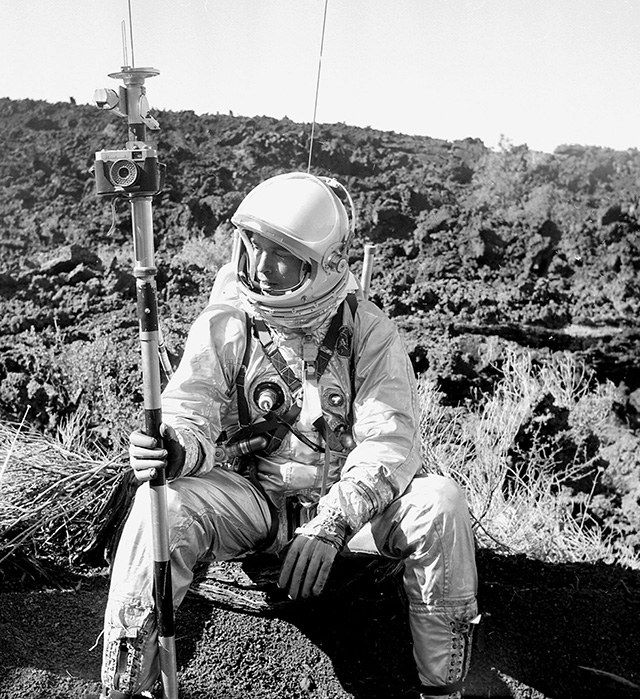
[Gene Phillippi in Gemini suit during equipment test near the Bonita Lava Flow near Sunset Crater National Monument, June 1964. USGS photo]
The moment became a historic event in US history, one that couldn’t have been achieved without the proper instruments and training that these astronauts needed in order to successfully complete the Moon mission.
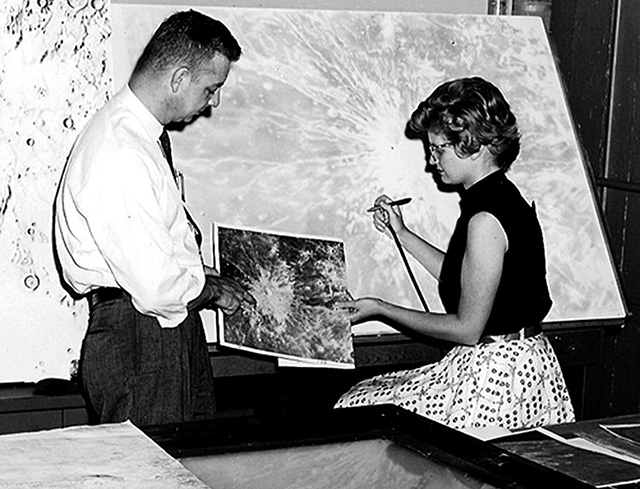
[Illustrator Pat Bridges working on the original airbrush shaded relief of the Moon’s Copernicus Crater, 1959; photo courtesy Pat Bridges]
This is how Flagstaff, the world’s first International Dark Sky City, gained a reputation for its Lunar Legacy and wound up playing a key role in the iconic Apollo Moon Mission.
Every astronaut that walked on the Moon (including Armstrong, Alan Shepard, Buzz Aldrin and Jack Schmitt) completed their training in Flagstaff and at other northern Arizona locations.
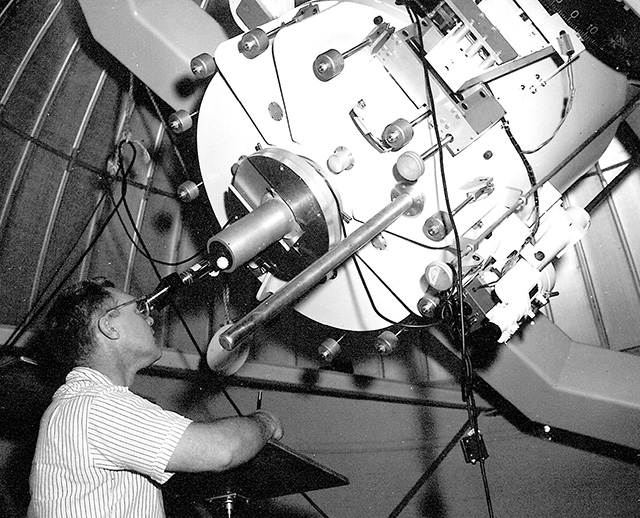
[Geologist Elliott Morris views from U.S. Geological Survey Branch of Astrogeology’s telescope built for lunar mapping, 1964. USGS photo]
Before the Apollo mission, scientists actually studied the Moon through telescopes at the Lowell Observatory (in 1895) and at Flagstaff’s Northern Arizona University.
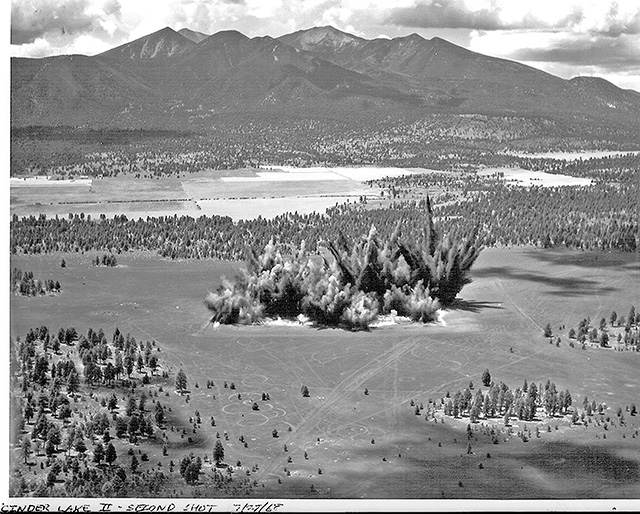
[Construction of Cinder Lake Crater Field #2 east of Flagstaff used to simulate lunar landing surface. USGS photo]
Additionally, NASA and the United States Geological Survey (USGS) tested lunar rover vehicle simulators at both Sunset Crater and Merriam Crater near Flagstaff.
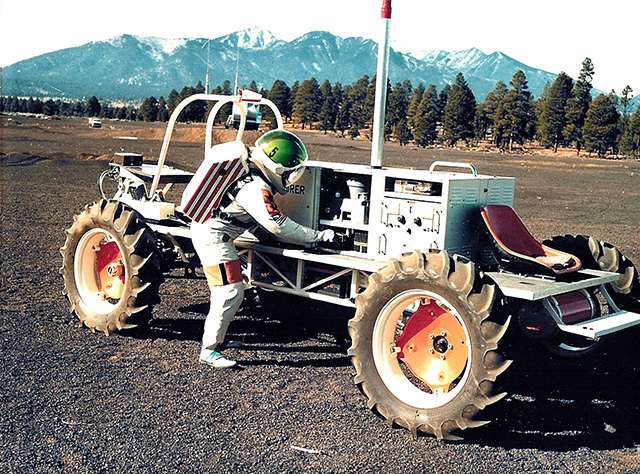
[USGS Field Test Support Unit member John Hendricks with the Explorer, a Lunar Rover Vehicle simulator at Cinder Lake. USGS photo]
After 50 years, it’s time to celebrate the college town’s iconic role in the Apollo Moon Missions of 1969, as well as the incredible milestones in space exploration achieved since that time.
A Lunar Legacy launch event was held this past July, featuring a concert and presentations discussing Flagstaff’s role in preparing for the Moon missions.
Throughout 2019, visitors can join the landmark celebration with fun and unique experiences around Flagstaff, with tours at Lowell Observatory, USGS and cinder field training sites, a monthly lecture series focusing on the scientific and cultural impact of the Moon, lunar-themed menus at participating area restaurants, lunar-themed art exhibits and more.
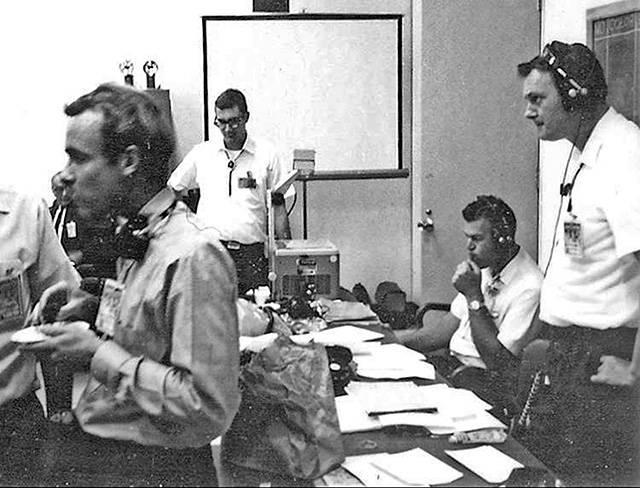
[Flagstaff USGS team members in the Science Operations Room (SOR) during Apollo 11 landing at Mission Control. USGS photo]
Did You Know?
– Using explosives, geologists create a simulated lunar surface in the cinder fields near Sunset Crater, complete with a network of craters modeled after authentic Moon craters. These fields were ideal for training astronauts and testing equipment, including lunar rover vehicle simulators (Moon buggies).
– The planet Pluto was discovered at Lowell Observatory.
– Today, the USGS Astrogeology Science Center supports NASA and other space agencies with planetary mapping for numerous spacecraft missions throughout the solar system.
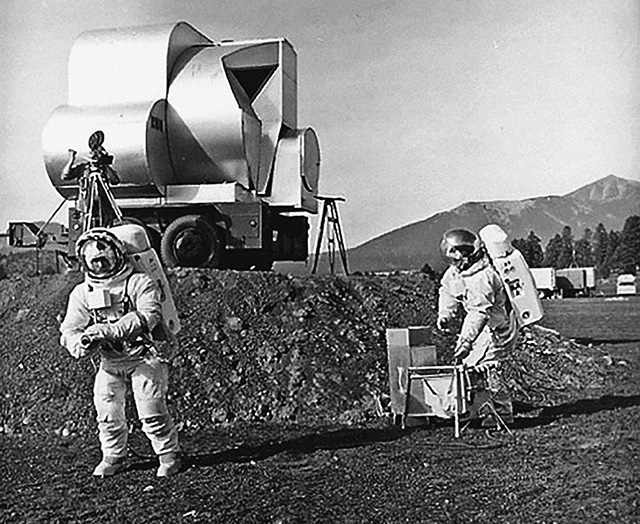
[Tim Hait and David Schleicher in spacesuits during the first Apollo Field Test at Cinder Lake Crater Field #1. USGS photo]
Experience the 50th anniversary of one of humankind’s grandest achievements in setting foot on another world! A calendar of events is available online.
Top image: Apollo 17 astronaut Harrison “Jack” Schmitt on the Lunar surface shown between the Lunar Module (LM) and Lunar Rover Vehicle (LRV), December 1972. Photo courtesy NASA.
